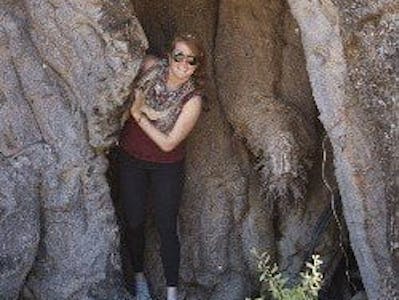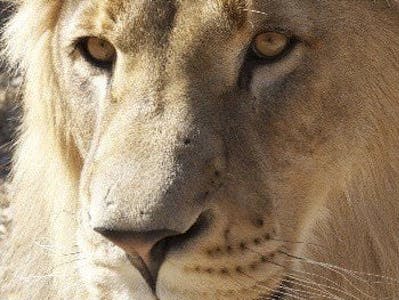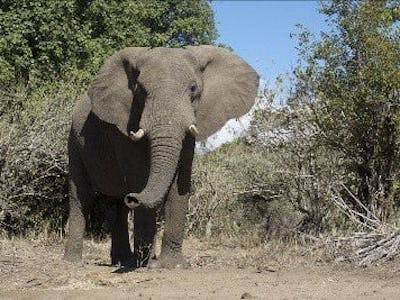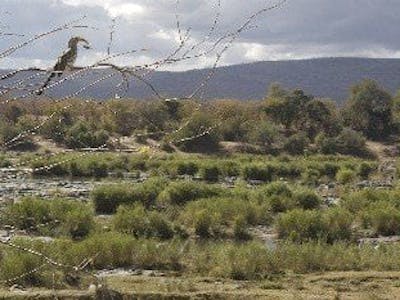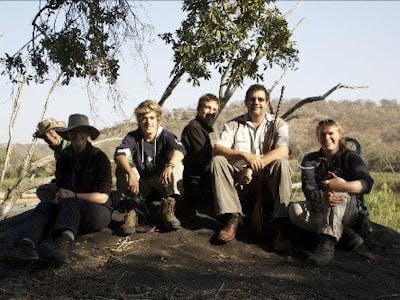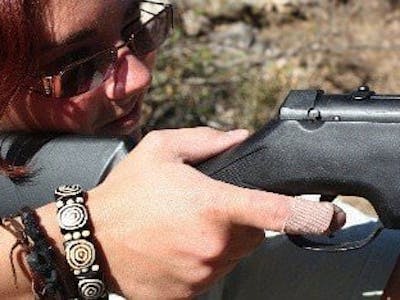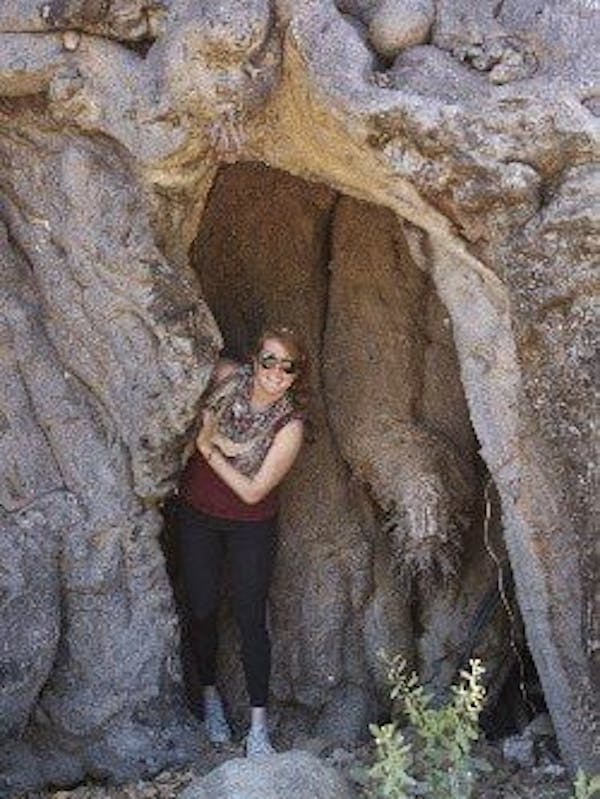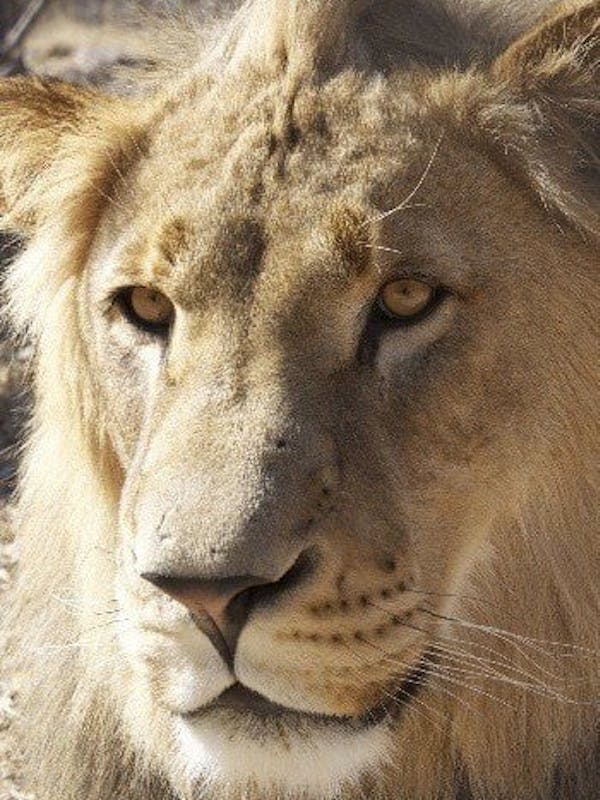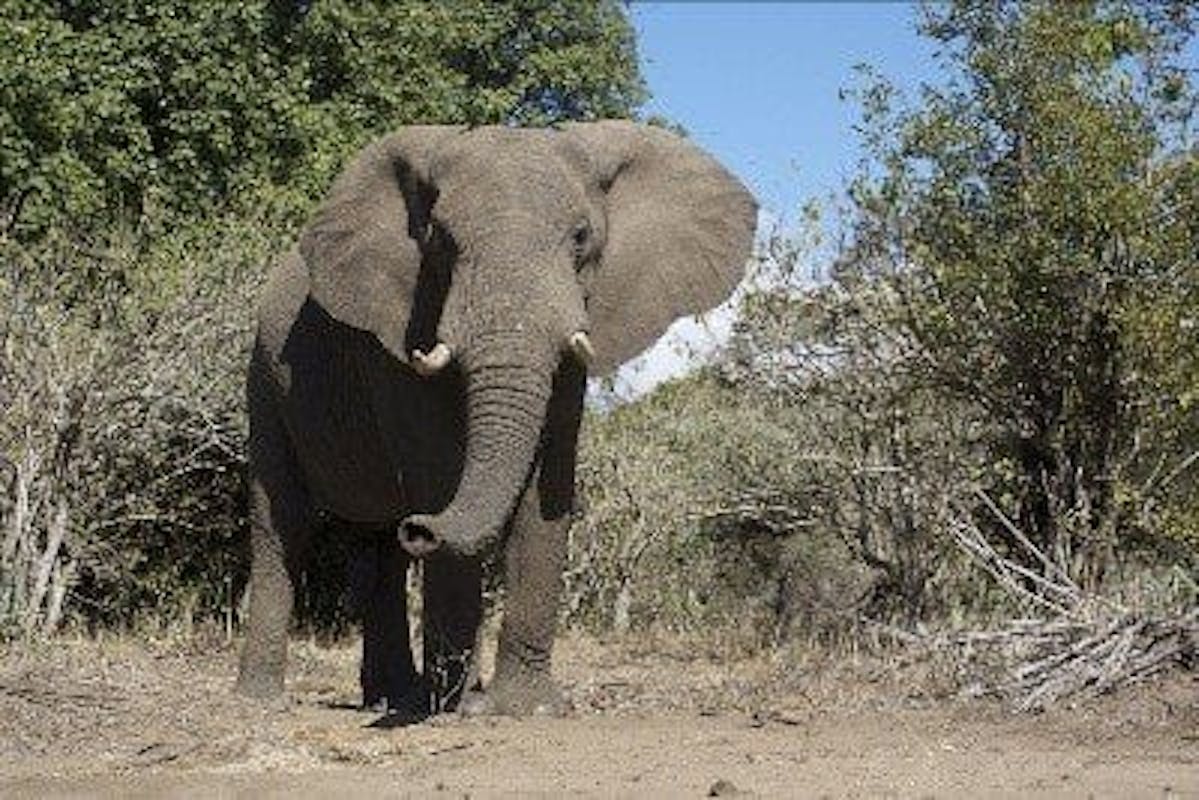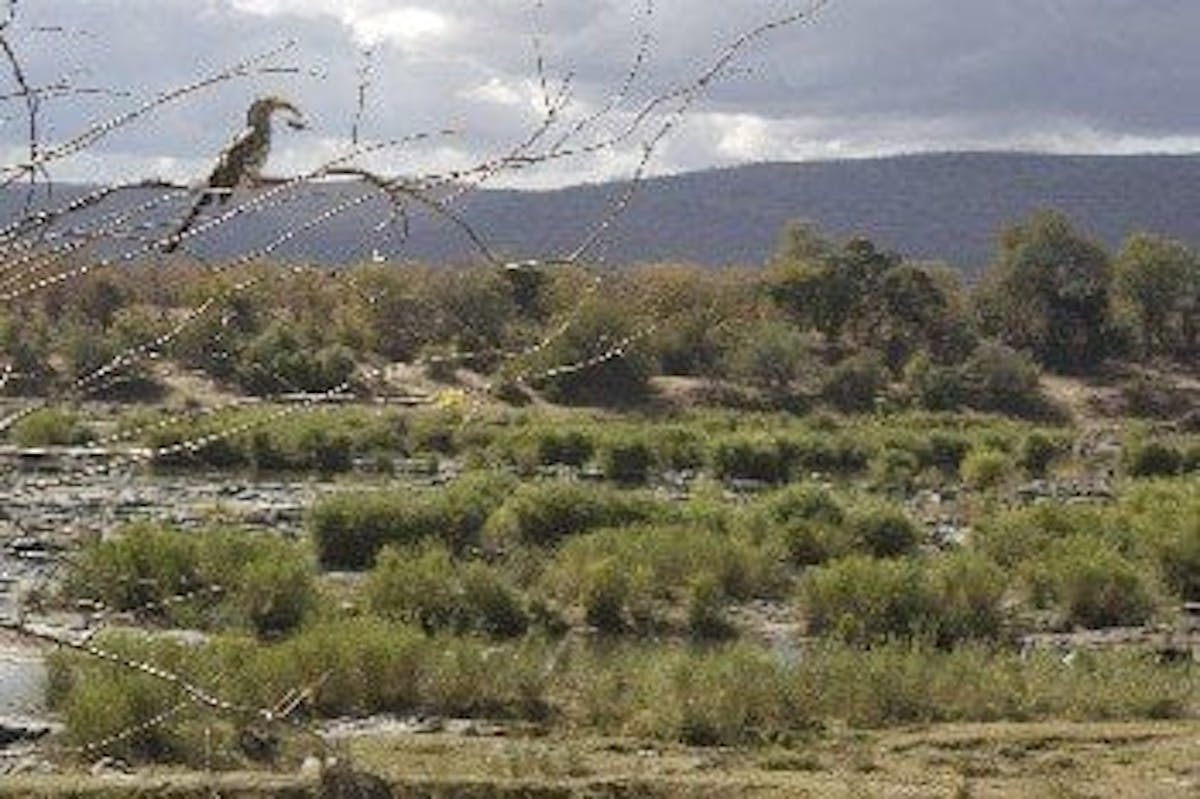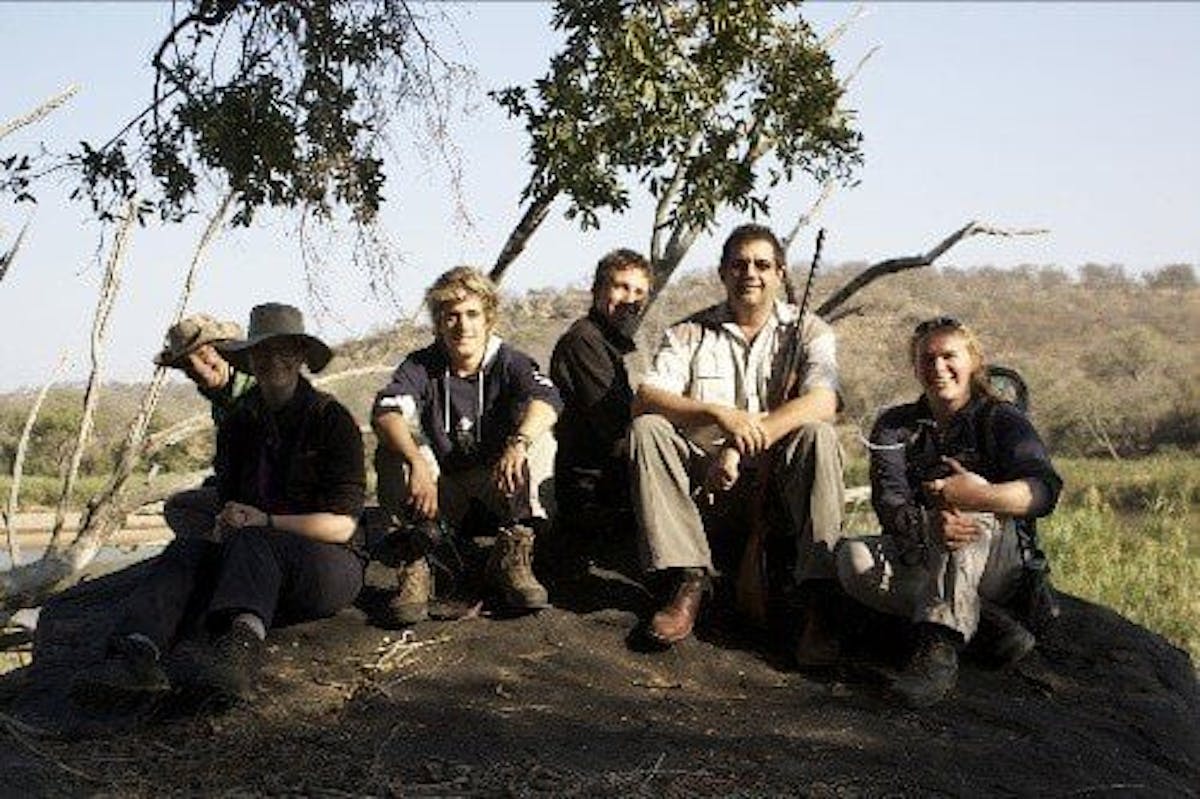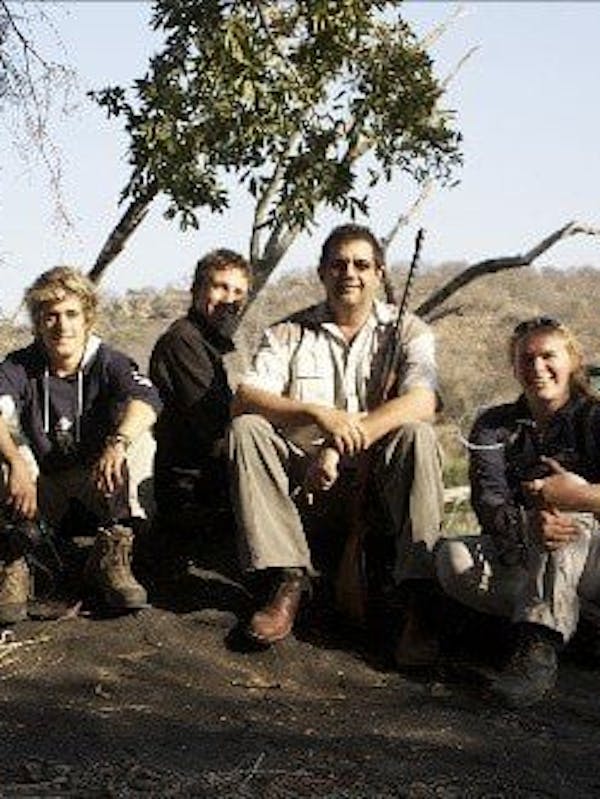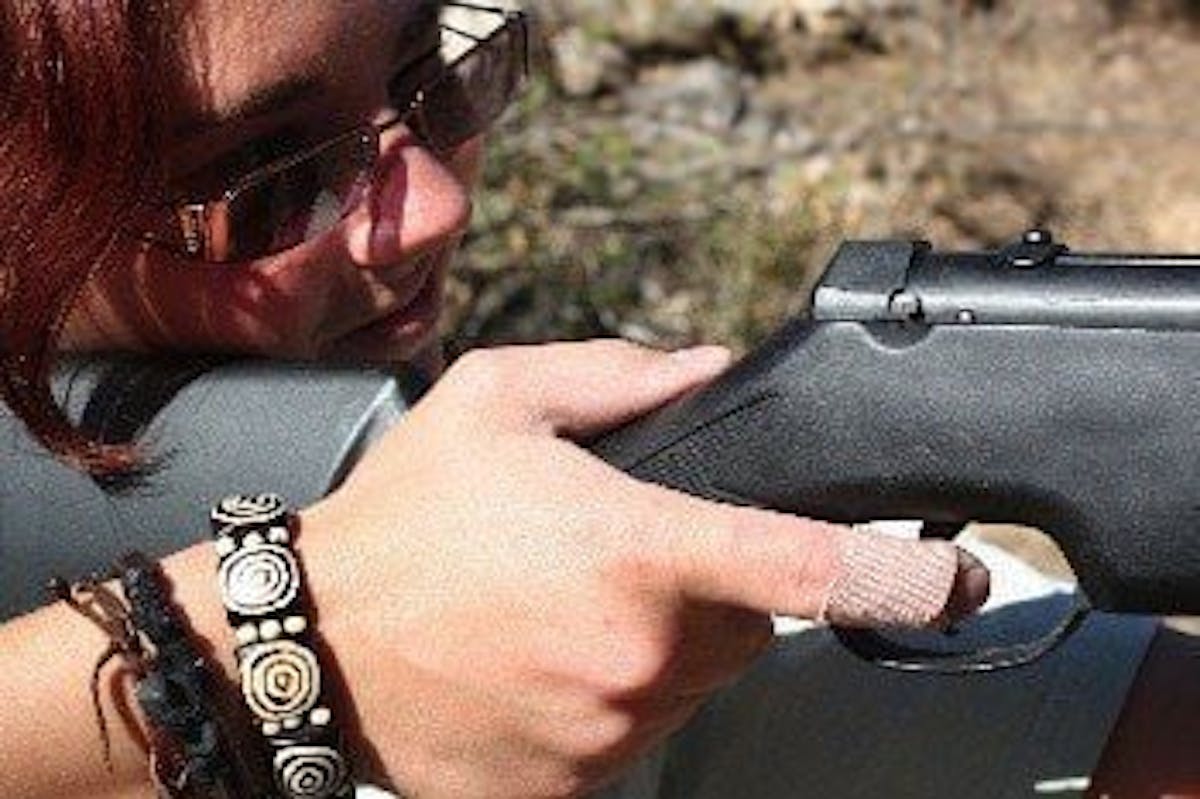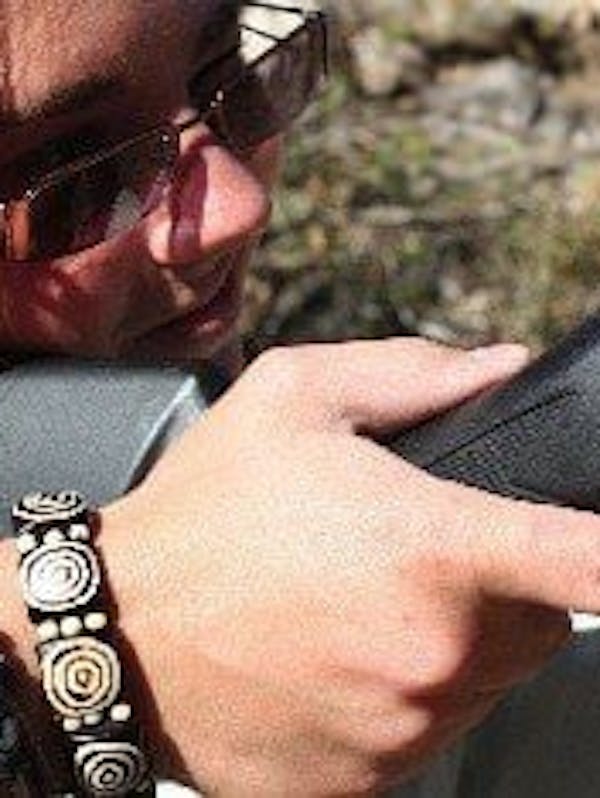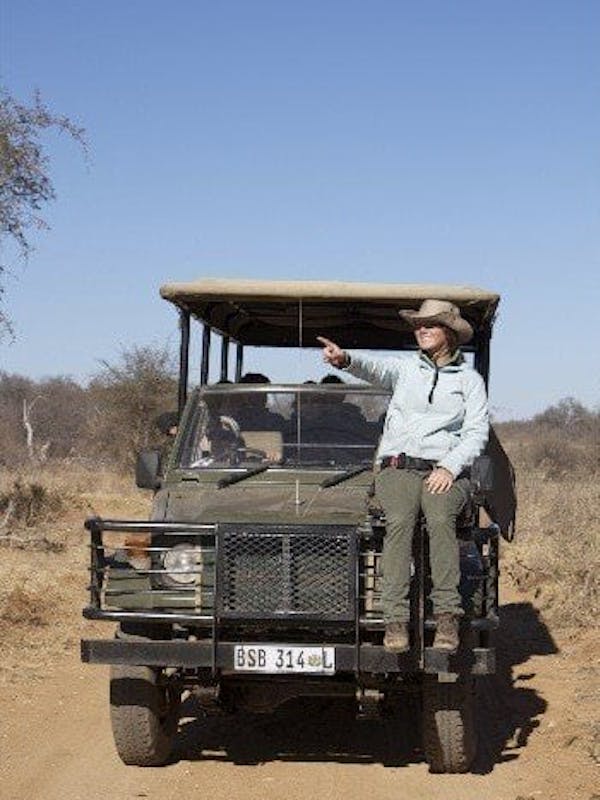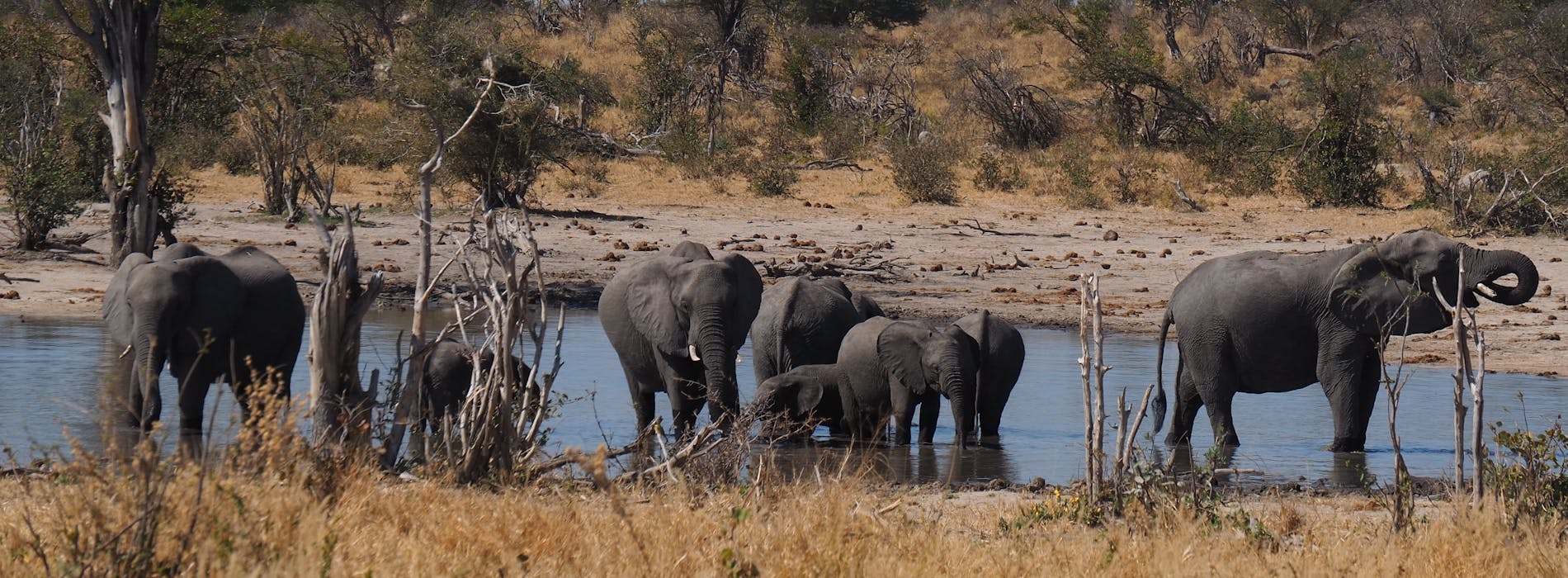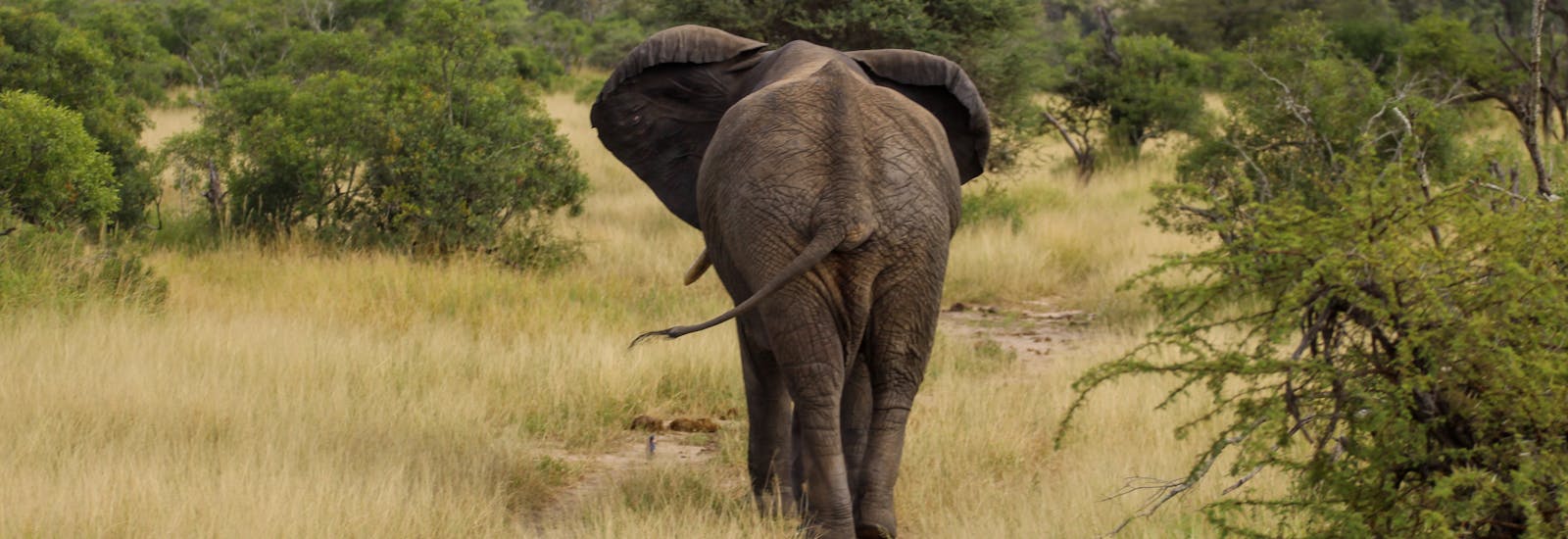
Bistro to Bush - a winning ticket...
Simone Landers, the winner of African Conservation Experience’s (ACE) recent Game Ranger Guide Course competition, tells the tale of her journey from being a bistro waitress to going to the bush to learn all about the life of a game ranger in South Africa.
Eager, restless, tired, and ready to get out! Waitressing at the small Bistro in my hometown has taken its toll and I know in my heart that it’s time to leave and seek an adventure. I lay on the couch as I do every day, waiting for 5 pm so I can put on my all-black uniform and head to work. 'Ring!' goes my phone. I reach for it expecting junk mail. It’s an email from African Conservation Experience…
We are looking for someone adventurous, spontaneous, and with a love for the bush to give away a fully expensed place on our Game Ranger Guide Course. Please submit a motivation if you are interested, you have two days.' (Obviously, better wording was used!)
Wow, I thought, this is my chance to pack up and leave! I had two days to put my story forward and hope for the best. I spent the next 24 hours thinking about what to say, then emailed my story. I left my email alone thinking it best to just forget about the entire thing, not even think about it.
Two days later around 4.30 pm, I got an email: 'Congratulations! You are our lucky competition winner!'
I almost fell backward off my chair I couldn’t believe it! I, the girl from Durban South Africa with no plan for the near future. This is it!
A week and a half of planning, flight booking, and shopping went by very quickly. Before I knew it I was on a plane to Johannesburg, calling up the ACE team and telling them that I’d arrived.
A crowd of mostly British girls sat around a breakfast table, I soon got to know them all. We then headed off for the 8-hour drive to Struwig Eco Reserve. Finally, we arrived at the gate and we had to wait for another vehicle to fetch us.
A real game vehicle like the ones in safari movies arrives, open on all sides and vulnerable to the elements arrive. It was amazing!
We reload our luggage and climb aboard anticipating the hour-long journey ahead through the bush. Impala, elephant, giraffe, zebra, rhino surrounded us as we drove through the reserve. Reaching camp we unload and unpack our luggage for the last time in two weeks and head to a boerewors and rice dinner.
As the days go by, everybody is getting to know each other and it feels more like a family than people we’ve just met. It is an amazing way to meet people you would never meet before!
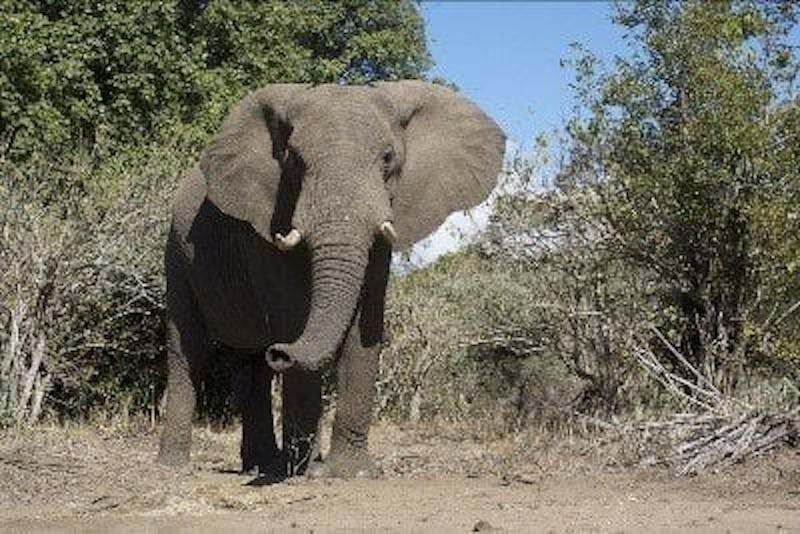
Every second week the camp culls an impala for population control and the ground staff slaughter it for its meat and skin. We witness the whole gruesome thing, it’s great! The whole animal is used for something from the skin to the brain to the hooves.
Going for our morning walks is the best part of my day! We learn so much about birds, trees, plants and tracking. Eight in a row keeping in time to our version of Colonel Hathey’s March, dodging twigs, jurassic thorns and rocks.
White rhinos have been near the camp and the tracks are still fresh. Following scuff marks to a make-shift game path and picking out the prints we can make out. Before we know it we are surrounded by elephants only a 15-metre radius away. Our only option is to move quickly, quietly and steadily away to avoid attraction. We manage to escape the elephant fort and continue on our way.
We are led to a water hole for our next experience. We are to hide out, spot, count, sex and age everything that we see. A croc slithers stealthily into the water escaping the midday sun.
We then push on to camp, an enclosure of long grass and thorny trees which Benjamin, our chef, has transformed with a fire, mattresses, and a table strewn with snacks and juice.
When our new guide, Hennie, joins the group and Trevor sadly leaves us behind. Everybody anticipates our new approach to the bush. Our first night with Hennie closes with the thunder of a lion’s roar and a troop of baboons going crazy. Two male hippos get into a tiff nearby and we excitedly head to bed
The thing about being in the middle of nowhere is that the sky is so clear and pure as you lay under the blanket of stars each light is so fantastic. I spot the most beautiful shooting star fall from the sky with a blazing fire tail trailing behind.
Day one with Hennie begins at Moholoholo Wildlife Rehabilitation Centre, another part of ACE, to see some animals we may not see in the wild. I get excited about a potential photo of a lion. After our trip we go and see the second largest baobab tree in the world which is about 3,000 years old, then end up at the reptile park where we have lunch surrounded by tiny monkeys and some parrots that only know the word hello.
An evening game drive surprises us with four lionesses lounging in the grass.
At camp we head for an early night’s sleep preparing for our Kruger National Park trip in the morning, never expecting the lazing leopard we will spot in some nearby trees, the most beautiful thing I have ever seen.
Our days at Struwig are drawing to a close and I feel a heaviness in my heart, resenting the day it will all end. Hennie takes us out on a walk to show us shards of clay pot from a community that lived in the area about 800 years ago. I breathe in the cool, dry morning air and gaze upon the Olifants River and the never-ending landscape of leafless acacia trees which surround it. I imagine what it would have been like 800 years ago, the same, maybe more green.
Our last few days are spent cramming in all the information we need to know for our test but we can’t help being distracted by the desire to drive the game van and shoot a rifle. Later we go for target practice and I’m surprised at how well everybody does!
Our days end with extremely late-night drives with the volunteers where we see nothing, and lots of sleepovers to spend as much time together as we can.
Hennie leads us through a crocodile-infested river to get a close-up of some hippos and their young while everyone is awed by the sight! I also got to see the buffalo herd we had to hide behind a tree until they all moved on.
For our last meal together, Hennie organises us a proper English breakfast of fried eggs, beans, bacon and toast. We laugh and joke but everyone is really sad to leave.
We take our last pictures and board the game van one last time to the gate for another 8-hour journey. As everyone is dropped off at their specific destinations we say our last goodbyes.
I take one more glance over my shoulder at the terminal and realise that I’m alone. All I can do is hope to see them all again.


